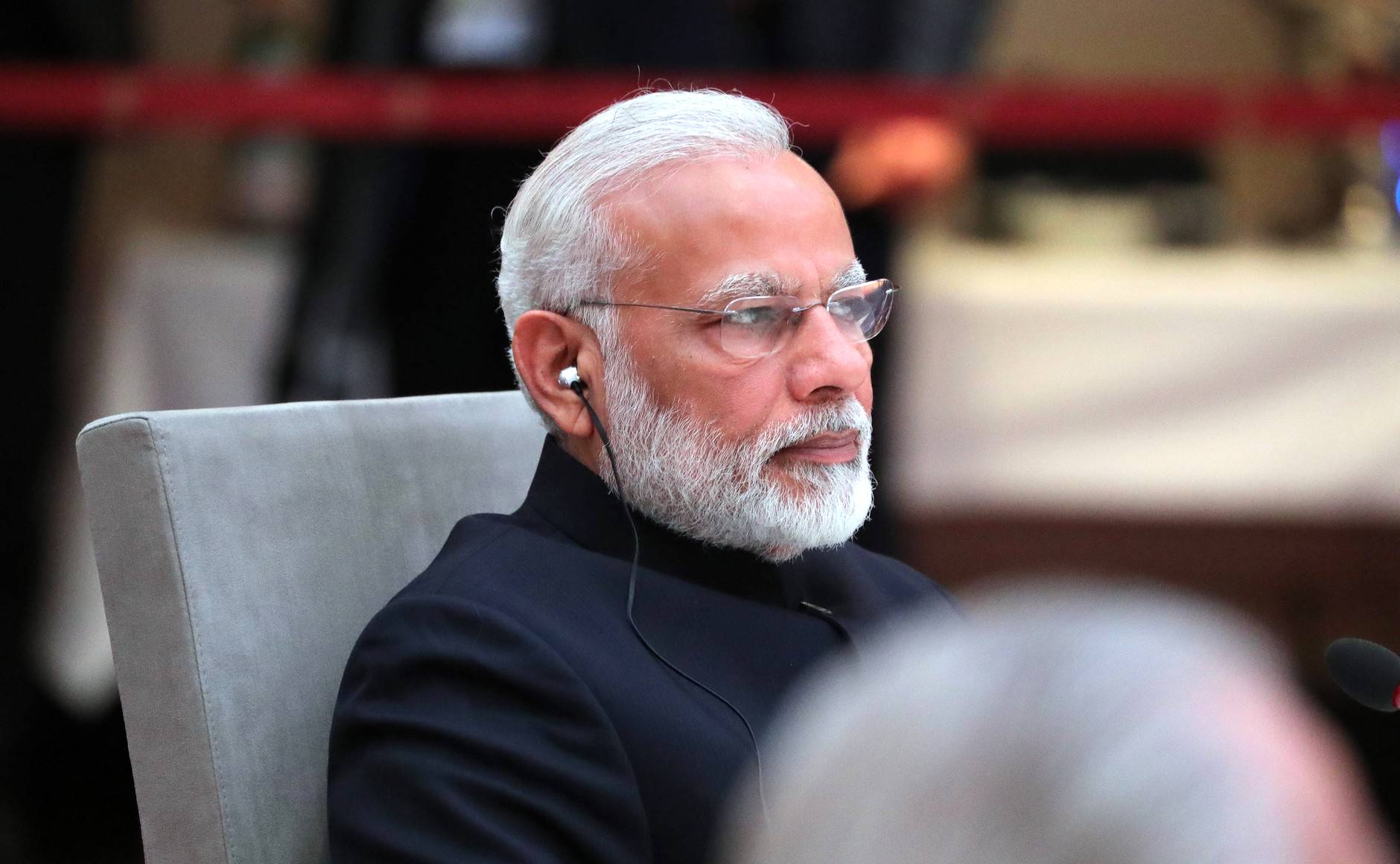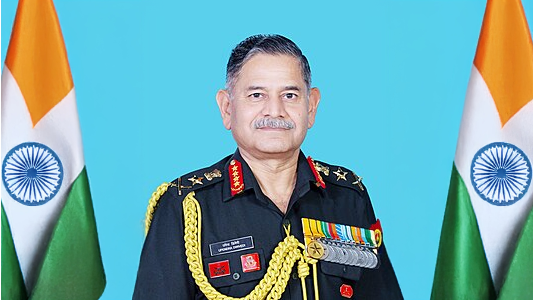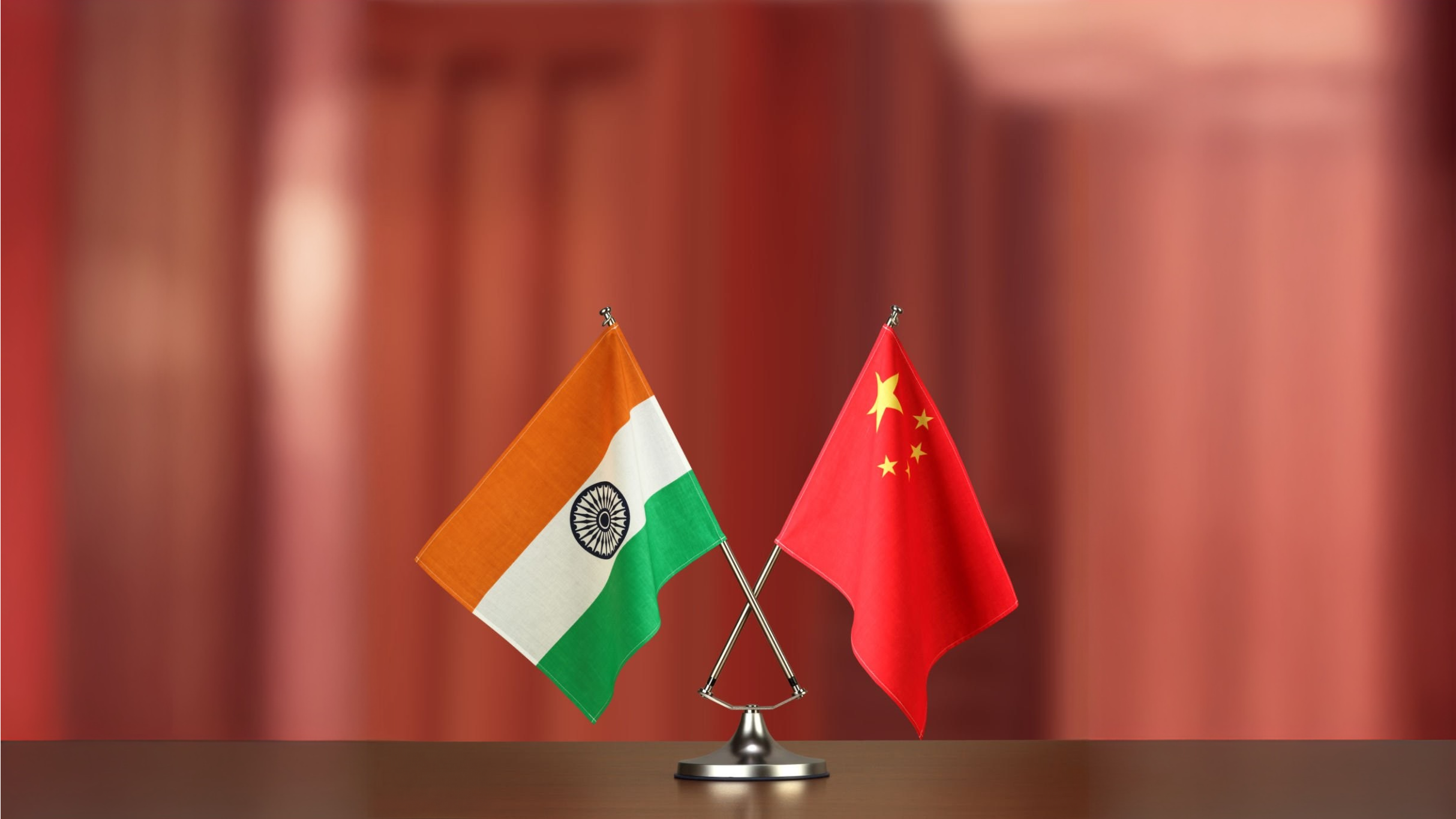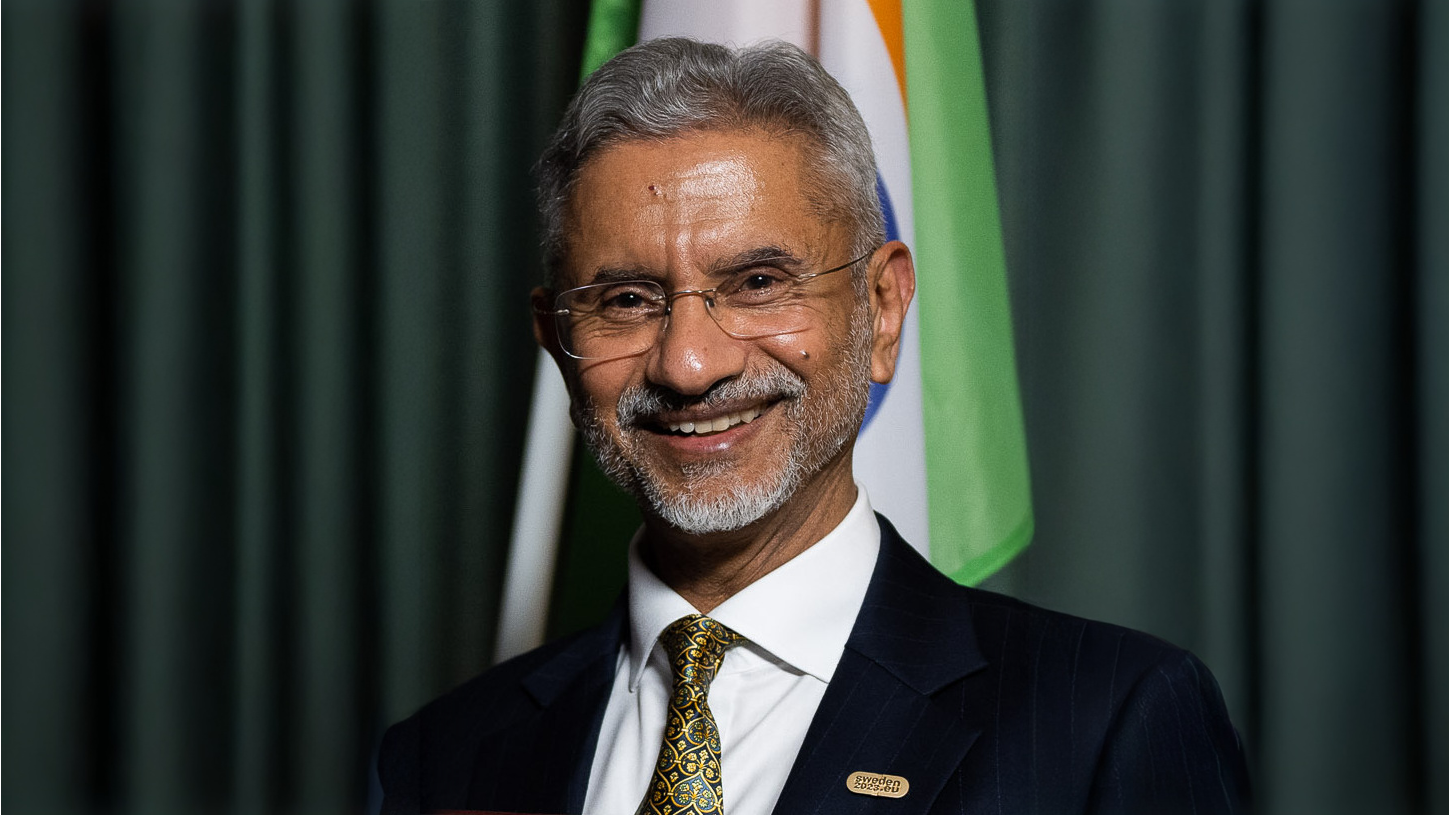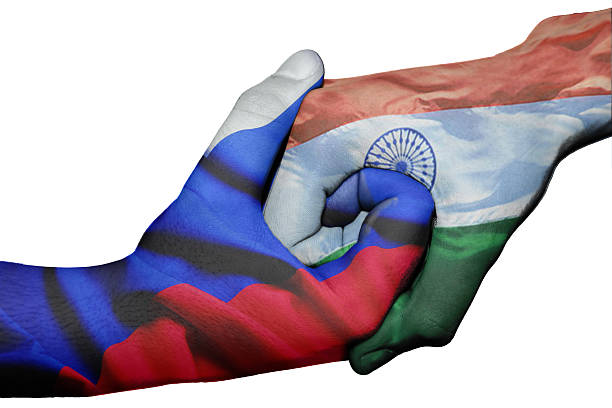The American company Vast, which is planning to build the world’s first commercial space station, has shown interest in using India’s Gaganyaan rocket. The Gaganyaan rocket is being developed to safely carry humans into space.

What is Gaganyaan Rocket- The Human-Rated LVM3
New Delhi: Vast, a US-based company planning to build the world’s first commercial space station, has expressed interest in using India’s Gaganyaan rocket for its mission. Vast’s CEO, Max Haot, announced this at the international space conference GLEX-2025 held in India. He stated that they want to use ISRO’s Gaganyaan rocket to transport crew members to their space station. Vast aims to build a space station named Haven-2, which will be a separate entity from the International Space Station (ISS). Since ISS is scheduled to retire by 2031, Vast is looking to fill that gap and has also sought support from NASA.
Vast Shows Confidence in Gaganyaan Rocket
In an interview with TOI, Max Haot said, “The Gaganyaan rocket could serve as a transport service for our space station.” This means that in the future, Indian rockets could carry astronauts to Vast’s space station. Vast currently employs over 750 people and is competing to build Haven-2, which will replace ISS once it is decommissioned by 2031.
What is Gaganyaan Rocket?
India’s space agency, ISRO, selected the LVM3 rocket for the Gaganyaan mission. The Gaganyaan rocket is powerful and reliable, consisting of three stages: solid, liquid, and cryogenic. For the Gaganyaan mission, LVM3 has been modified to safely carry humans and is now called the Human-Rated LVM3 (HLVM3). This rocket will carry the orbital module to a low Earth orbit at about 400 kilometers altitude.
According to ISRO, HLVM3 includes a special system called the Crew Escape System (CES), designed to protect astronauts in case of any malfunction during launch or flight. The CES uses rapidly burning solid motors to quickly separate the crew module from danger, ensuring the safety of astronauts. The mission places utmost importance on human safety, supported by new engineering and human-centered technologies.

India Poised to Become Fourth Country to Send Astronauts to Space
Max Haot expressed his enthusiasm about collaborating with countries involved in human space missions. “India is on its way to becoming a leader in this field, which is very encouraging. We look forward to working closely with India and see many ways to collaborate,” he said. Haot also praised ISRO and the Indian government for their growing capabilities, especially highlighting the upcoming Gaganyaan program and the Axiom-4 mission. He added, “This will make India the fourth country in the world capable of sending astronauts to space.”
Vast’s Collaboration Plans with ISRO
Before Haven-2, Vast will launch a smaller space station called Haven-1, scheduled for May 2026 via SpaceX’s Falcon 9 rocket. Haven-1 will have a volume of 45 cubic meters and can support four crew members for missions lasting around two weeks. The first module of Haven-2 is expected to launch in 2028. Vast plans to have the entire Haven-2 operational by 2032, designed for both government and commercial use. It will feature nine modules, provide 500 cubic meters of habitable volume, and have a total power capacity of 86KW.
Haot mentioned, “We are seeking assistance from NASA for the Haven-2 project, which Vast will manage. Once operational, the commercial space station will be open to everyone.” Vast believes that India is rapidly advancing in space technology and that collaboration will benefit both countries.
This partnership signals a promising future for India’s space ambitions, potentially enhancing its role in global space exploration alongside private companies like Vast.
Also Read:
- What is Bhargavastra? A Nightmare for China & Pakistan
- How India Destroyed Pakistan’s Nur Khan Airbase
Author

Aditya
Aditya is a dedicated writer at InsightIndia.in, covering the latest news from across India with a focus on results and public updates. With a strong eye for accuracy and clarity, he brings timely information to readers, helping them stay informed about key developments and outcomes that matter.





